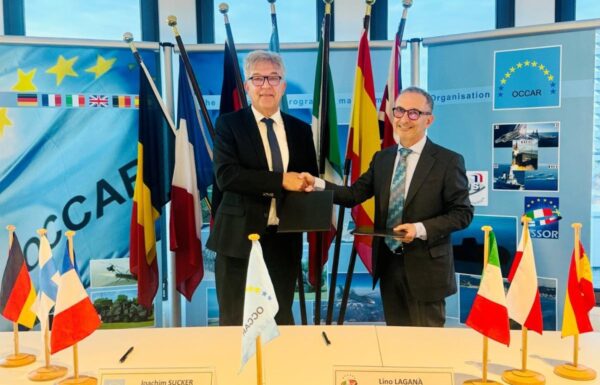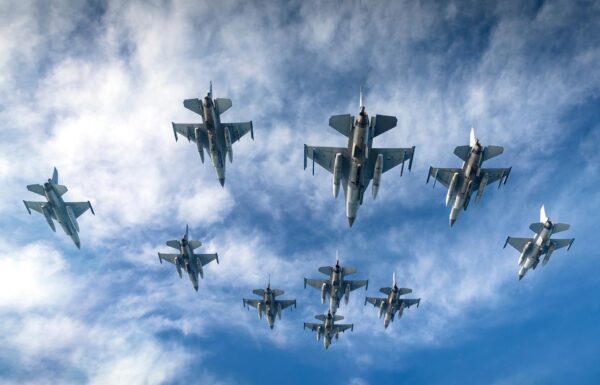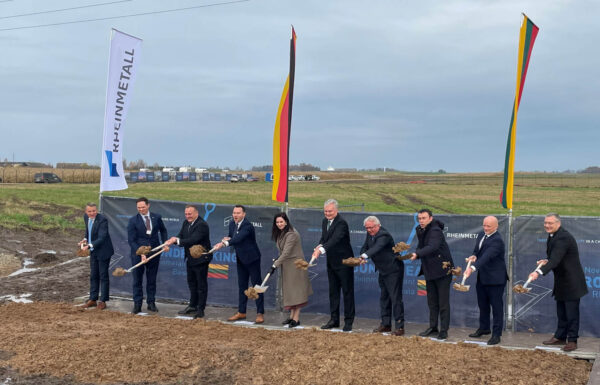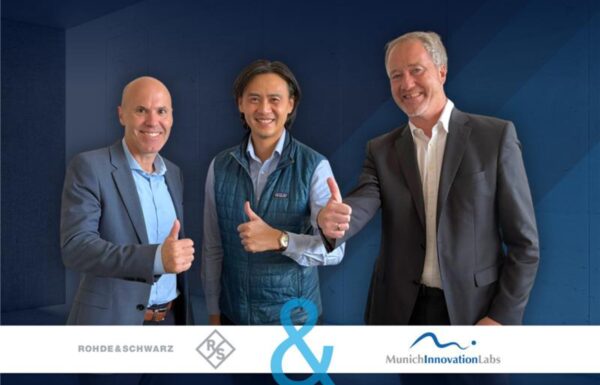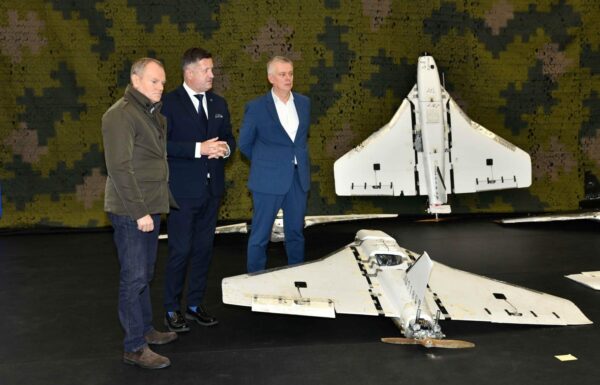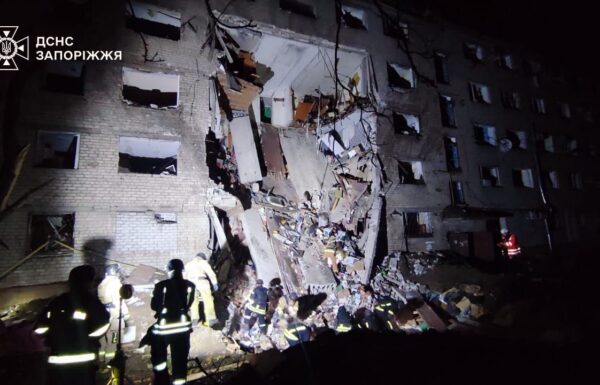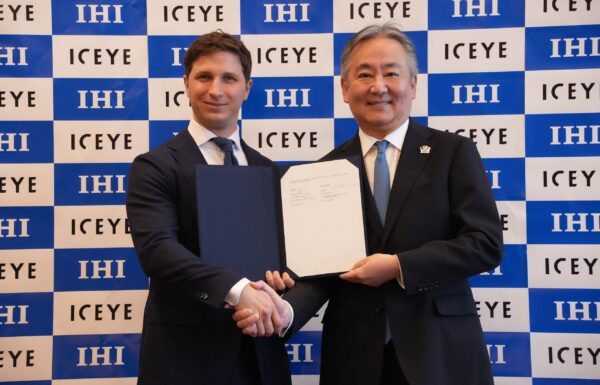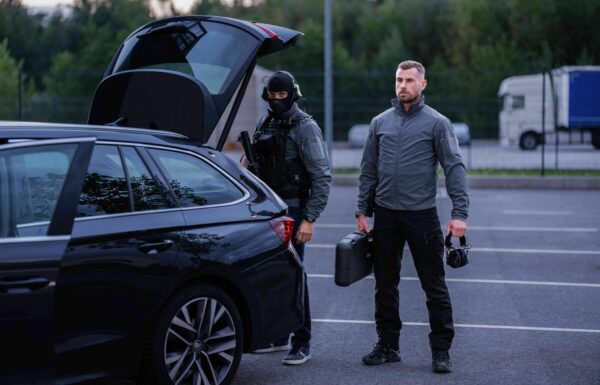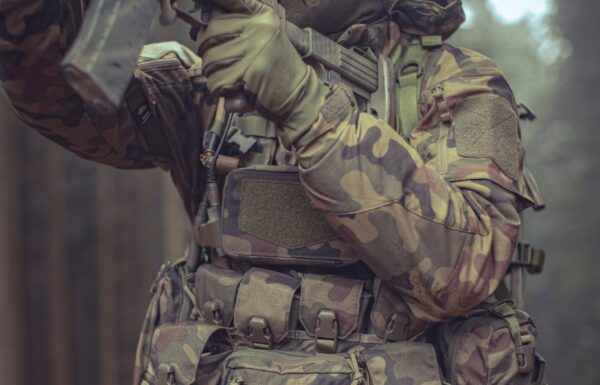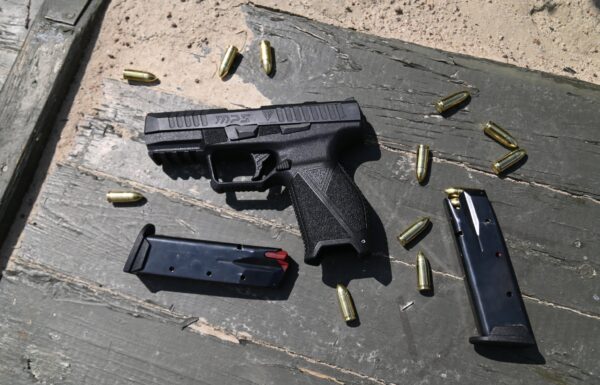Approximately 602 million USD has been allocated for the purchase of the first four JAS-39E/F Gripen aircraft units. According to earlier information, this will include three single-seat aircraft and one two-seat version. Additionally, Sweden will train six pilots and 20 ground crew members. The contract may be signed as early as August, as the commander of the Royal Thai Air Force is scheduled to visit Sweden from August 23 to 27.
Ultimately, Thailand plans to acquire a total of twelve JAS-39E/F Gripen aircraft in three phases, enabling the re-equipment of one tactical aviation squadron currently operating multi-role Lockheed Martin F-16A/B Fighting Falcons. Due to budgetary constraints, the program is divided into three stages. Contracts for the remaining eight Gripens are expected to be signed in 2028 and 2030.
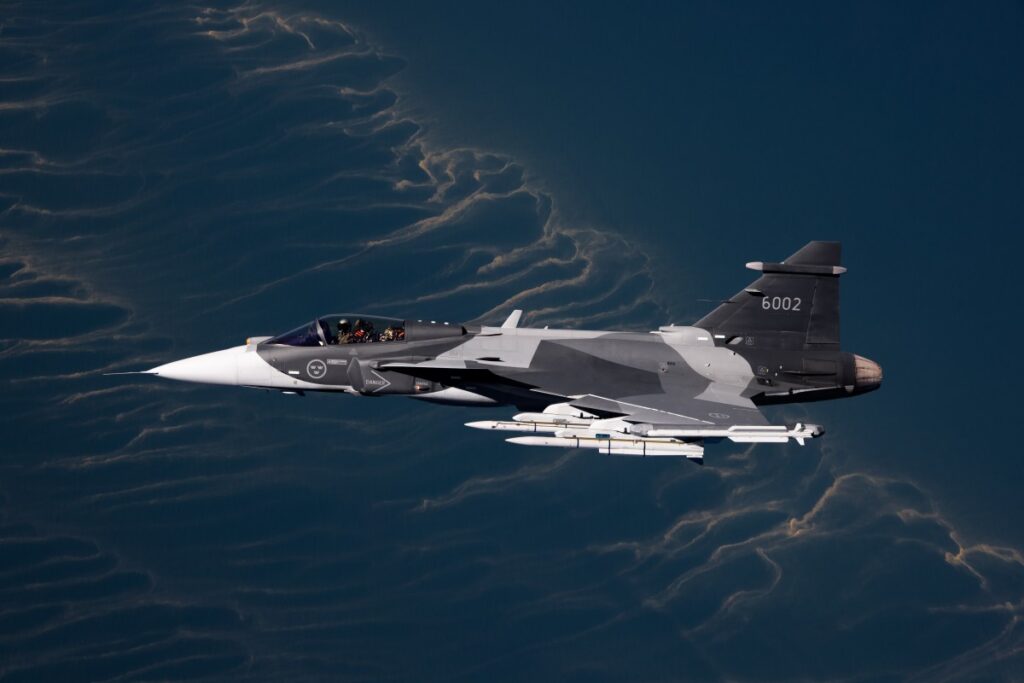
Photo: Saab
Thailand will become the third operator of the JAS-39E/F Gripen aircraft. Currently, the country’s air force operates eleven JAS-39C/D Gripens, which last month saw their combat debut; at least two of them took part in airstrikes against ground targets near the Cambodian border. The multi-year process of selecting a replacement for the F-16A/B Fighting Falcon formally concluded in early June, when the Thai government officially selected SAAB’s offer as the best. Lockheed Martin’s bid with the F-16C/D Fighting Falcon Block 70/72 was ultimately rejected. One of the key factors that contributed to SAAB’s success was an attractive offset package.
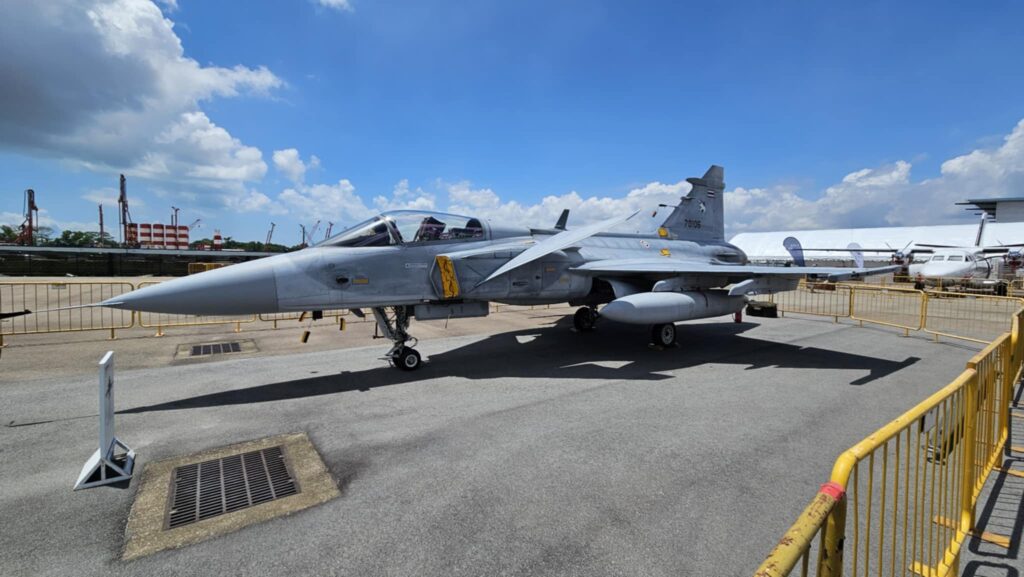
The Thai Air Force currently operates eleven JAS-39C/D Gripens, which were used in combat during the recent clashes with Cambodia / Photo: Jakub Link-Lenczowski
The second modernization project approved for implementation by the Thai government was the purchase of a Chinese CHD620 diesel engine for the S26T submarine currently under construction in China. In its original configuration, ordered in 2017, the vessel was to be equipped with an MTU396 diesel engine. However, the lack of approval for the engine’s delivery led to a halt in construction in 2021. By that time, the Chinese CSOC shipyard in Wuhan had completed around 64% of the build. Due to the delay, the new agreement involving the use of the Chinese engine includes a four-year extension to the contract timeline. Thailand is still considering the purchase of two additional submarines of this type.


